Publications and Guidelines
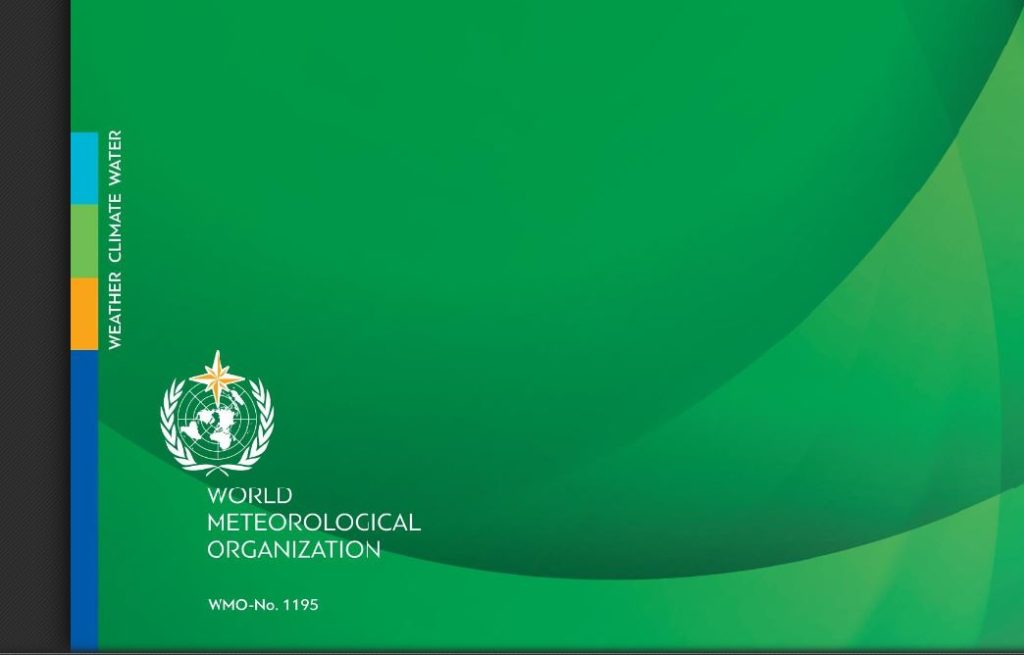
This publication provides essential insights and practical guidance to strengthen early warning services for the energy sector. It outlines how integrated weather, water and climate information can enhance the resilience of power systems facing increasingly severe climate-driven hazards. Drawing on operational models and case studies from China, the document demonstrates
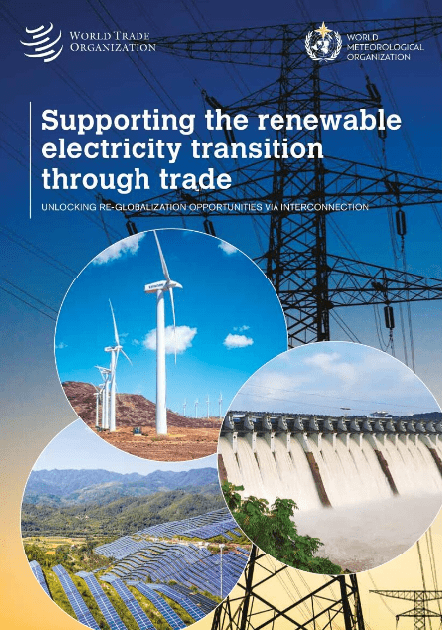
This co-publication of the World Meteorological Organization (WMO) and the World Trade Organization (WTO) focuses on a core aspect of international trade: ensuring security of supply. This role is increasingly important in the context of the transition to renewable energy, which is central to mitigating the effects of climate change.
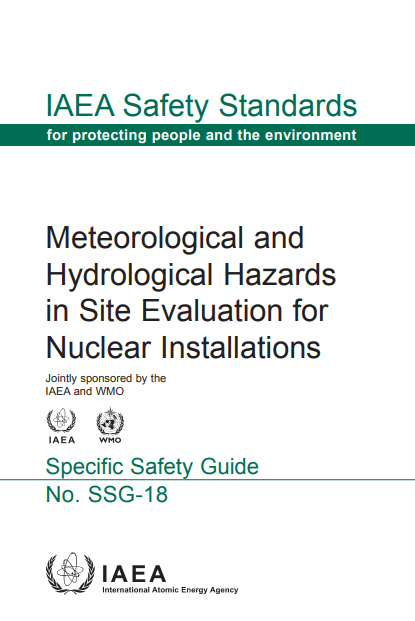
This Safety Guide is intended to assist Member States in meeting the requirements for nuclear installations established in the IAEA Safety Requirements publication on Site Evaluation for Nuclear Installations in respect of the assessment of meteorological and hydrological hazards. It thus complements other Safety Guides that deal with the protection
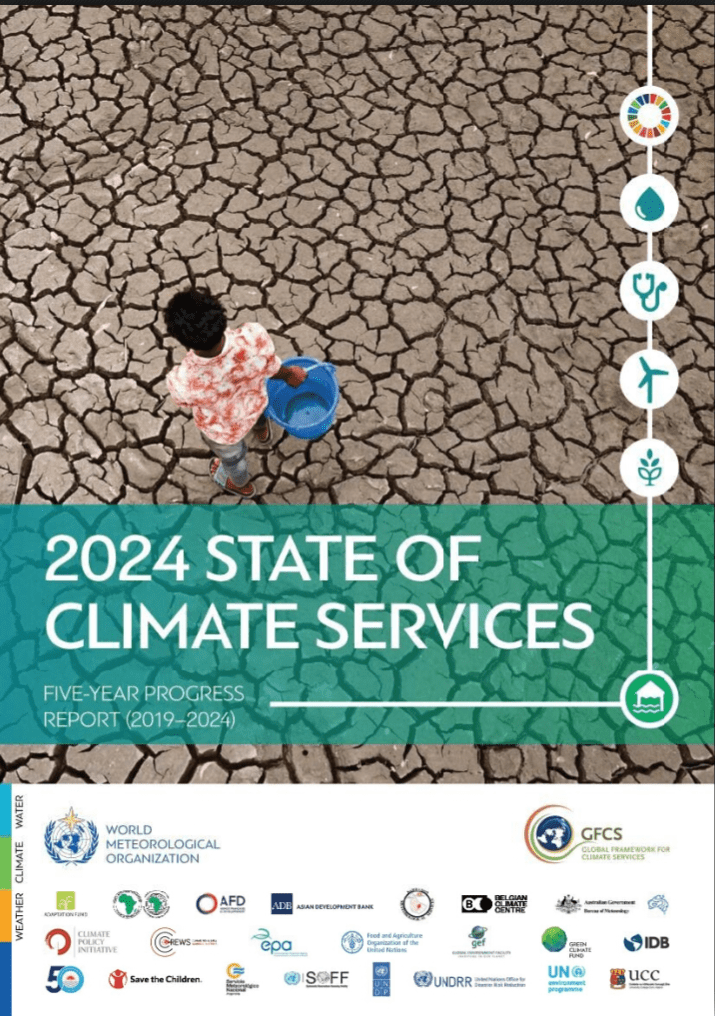
The 2024 edition of the report describes the current state of climate services while also examining and assessing the progress that has been made during the last five years. The report explores the climate policy response to the climate challenge and advancements made by Members across numerous value chain components.
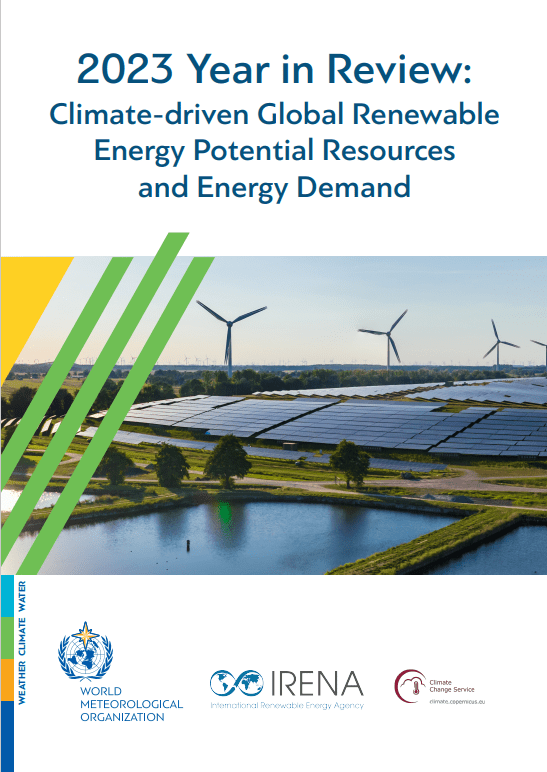
The 2023 Year in Review: Climate-driven Global Renewable Energy Potential Resources and Energy Demand report finds that climate-informed and diversified energy solutions are essential if the world is to meet targets to triple renewable energy capacity and double energy efficiency by 2030. The report looks at 2023 – a year which saw

The joint IRENA-WMO report analyses 30 years of data to offer insights into the effect of climate variability on selected renewable technologies and energy demand at global and regional levels. The effect of climate variability is presented by evaluating the changes of four energy indicators, namely, wind power capacity factor

This document provides the background and comprehensive guidelines required to strengthen the development, and enable a widespread uptake, of integrated weather, water and climate services for the energy sector needed to accelerate the transition towards net zero emissions.

The report focuses on the issue of energy, a subject that continues to dominate discussion and debate as it effects every single community, business, sector and economy, in all parts of the world. Reaching net zero by 2050 will mean a complete transformation of our global energy system.
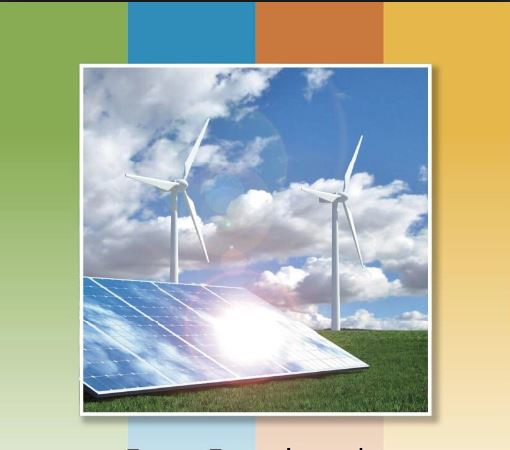
The goal of this Exemplar is to illustrate how the development and application of targeted climate products and services through the Global Framework for Climate Services (GFCS) can advance efforts to better integrate climate information into the planning and operations of the energy sector. This will enable improved sustainability, resilience
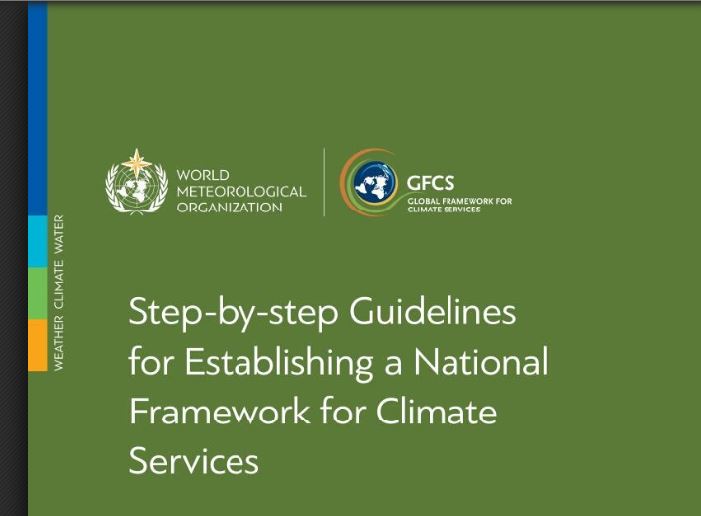
This document explains how to initiate and develop a functional NFCS that will serve as a key coordination mechanism to bring together the local, national, regional and global stakeholders needed for successful generation and delivery of co-designed and co-produced climate services with and for users, effectively linking climate knowledge with

Meteorology and hydrology play an important role in the understanding of the basic criteria for the siting of nuclear power plant and in applying protective measures for their operations. In order to provide advice on this matter, the WMO Secretariat, at the request of the Executive Council, arranged for the
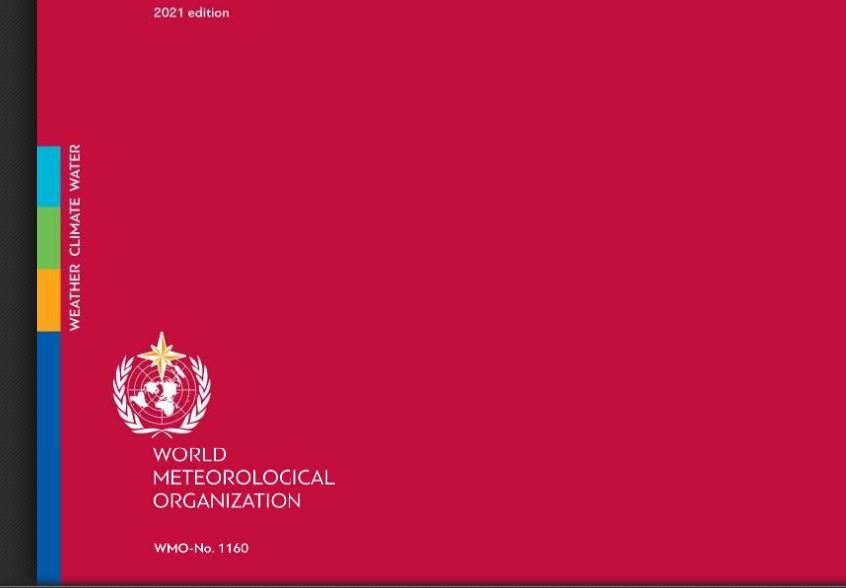

The purpose of this handbook is to cover some of the most commonly used drought indicators/indices that are being applied across drought-prone regions, with the goal of advancing monitoring, early warning and information delivery systems in support of risk-based drought management policies and preparedness plans. These concepts and indicators/indices are
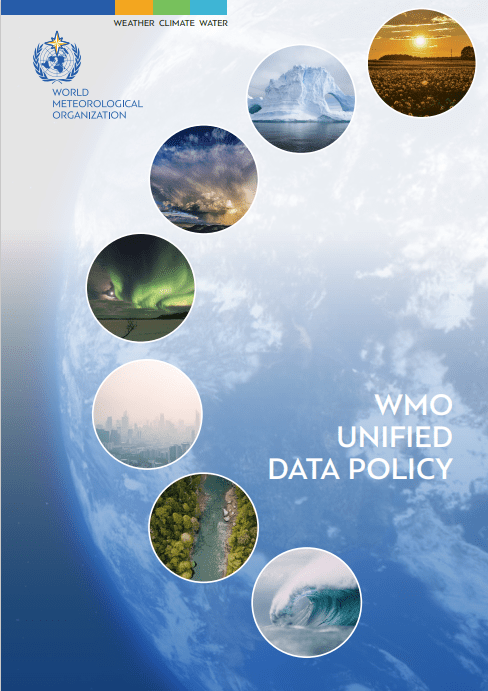
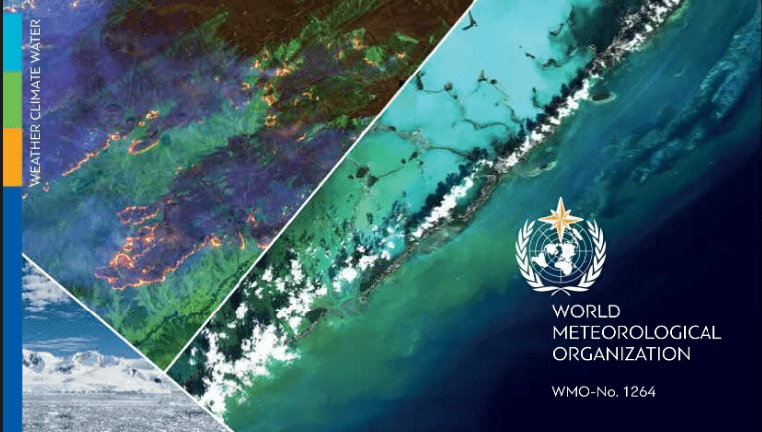
Since 1993, the World Meteorological Organization (WMO), through the Commission for climatology and in cooperation with its Members, has issued annual statements on the status of the global climate to provide credible scientific information on climate and its variability.
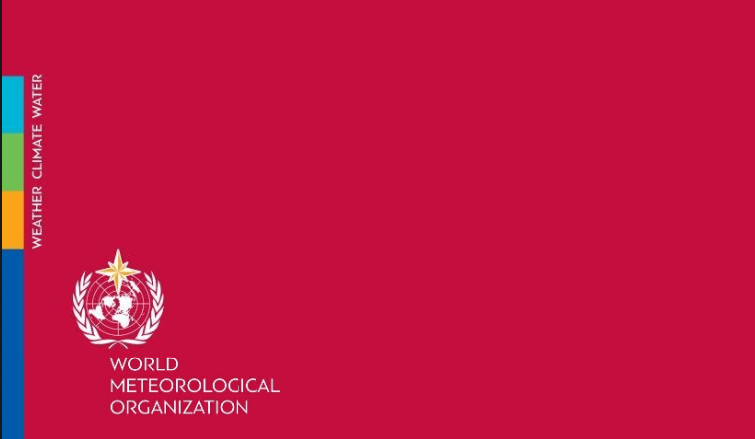

This manual is designed to facilitate cooperation in data-processing and forecasting among Members to specify obligations of Members in the implementation of the World Weather Watch (WWW) Global Data-processing and Forecasting System (GDPFS) and to ensure adequate uniformity and standardization in the practices and procedures employed in achieving these.

These Guidelines are intended to provide a one-stop, consistent and contemporary reference resource from the World Meteorological Organization (WMO) for managers of National Meteorological and Hydrological Services (NMHSs). They should help with many of the challenges that directors and managers of NMHSs face, including ensuring that the NMHS is able
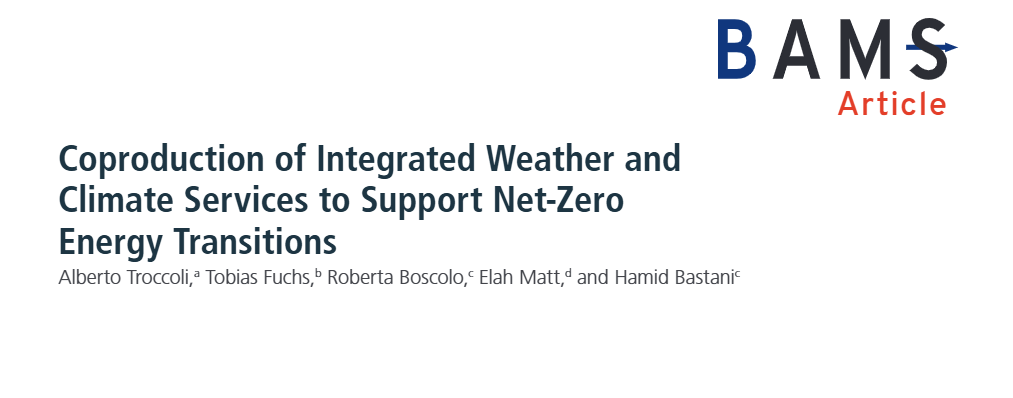
Weather and climate services (W&CS) are vital for supporting net-zero transitions in the energy sector by enhancing resilience, accelerating renewable
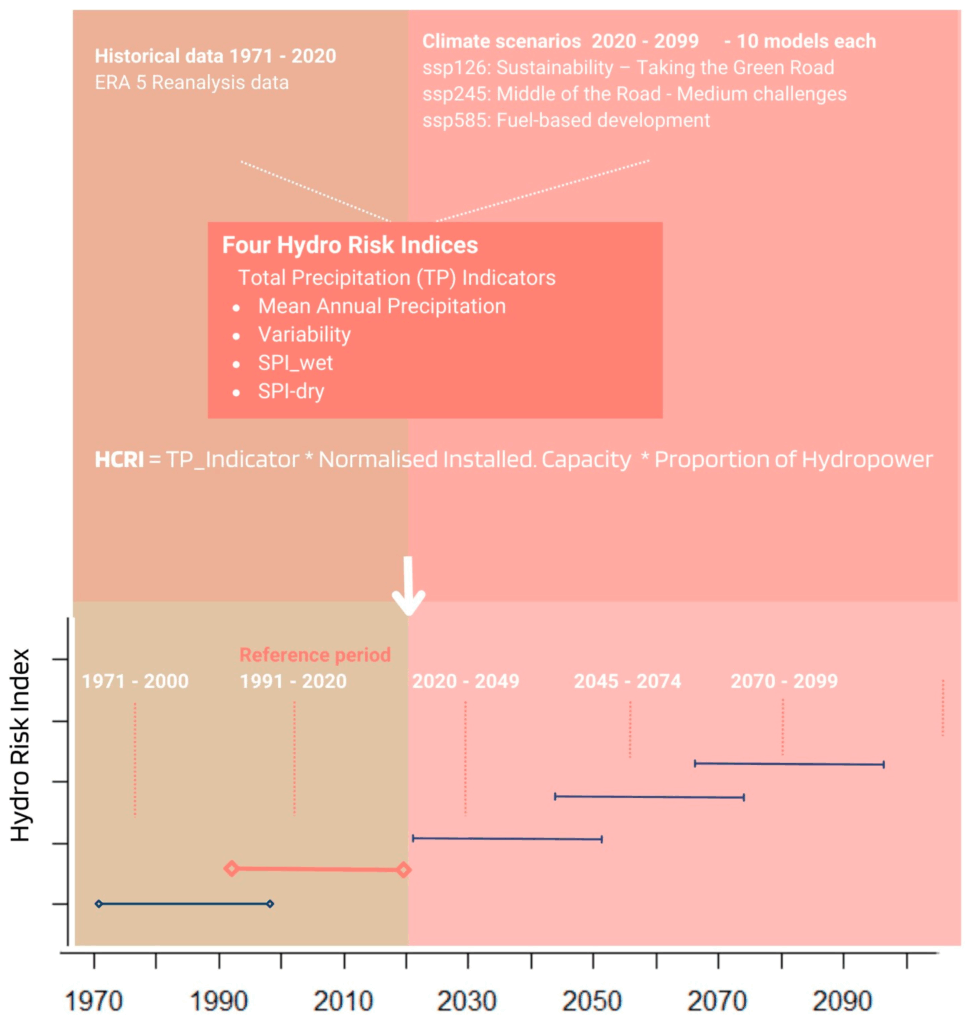
At COP28, global leaders emphasized the urgency of the energy transition, committing to triple renewable energy capacity and double energy
This study presents an AI-based wind speed forecasting product developed for the Costa Rican Institute of Electricity to improve short-term
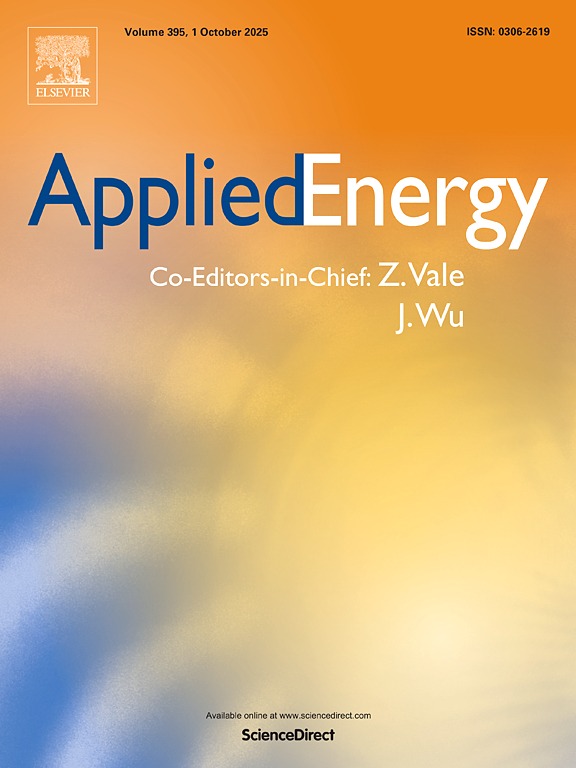
This study analyzes four floating photovoltaic (FPV) system types across 4,244 global water bodies in diverse climates, using the Penman–Monteith
